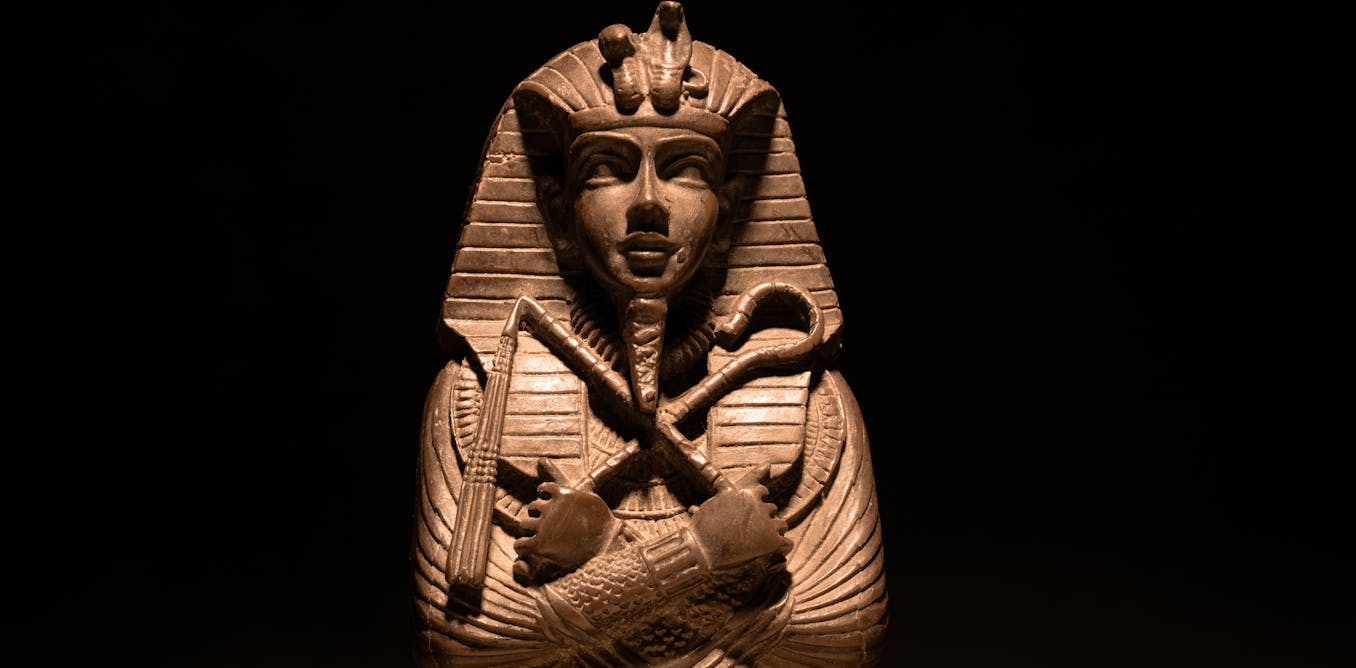[ad_1]
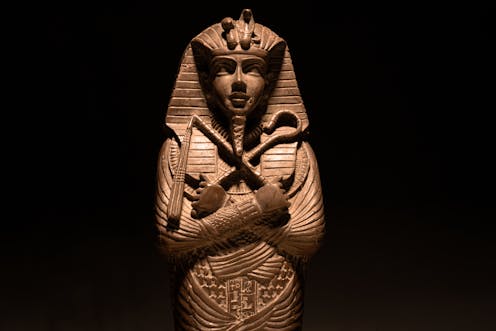
When we see objects in museum display cases, it often doesn’t tell their whole story. One thing that tends to get ignored or even lost in the conservation process is the smell. We lose a lot of valuable information as a result, such as how the object was produced or how it functioned.
My field is called sensory heritage, which relates to how we engage with heritage objects with senses other than vision. As part of this, I develop methods to identify and preserve culturally significant smells.
For example, I have worked with St Paul’s Cathedral to recreate the scent of its library, to ensure that it can be experienced by future generations. I was also part of an EU-funded project called Odeuropa, which worked with computer scientists and historians to tell the stories of smells from 300 years of European history.
With help from some perfumers, we brought back smells such as 17th-century Amsterdam, with its canals and linden trees. As a result, for example, visitors to Museum Ulm in southern Germany can experience our olfactory interpretations for ten of the paintings on display.
My latest project delves much further into the past. I was asked by the University of Ljubljana, in association with the University of Krakow and the Egyptian Museum in Cairo, to help with a study of mummified bodies. Ljubljana was studying a mummified body in the national museum in Slovenia, and had been invited to extend its research to some mummified bodies in Cairo.
The strict guidelines about studying these bodies stipulate that researchers must use techniques that are not destructive. One way is to see what can be learned by smelling, which is why I joined the project, led by Professor Matija Strlič and PhD researcher Emma Paolin.
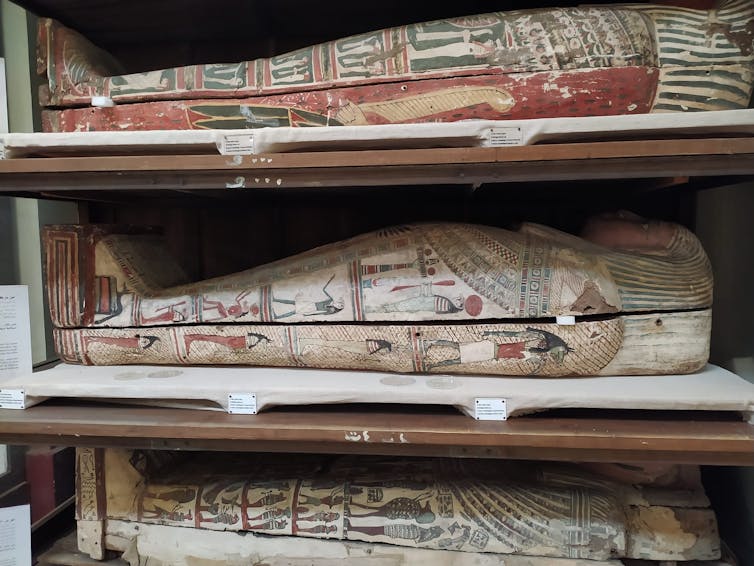
Author provided, CC BY-SA
We studied nine mummified bodies at the Egyptian Museum, four of which were on display and five in storage. They span different time periods, with the oldest being from 3,500 years ago. They were also conserved in different ways and stored in different places, so they give a decent representation of all the mummified bodies in different collections around the world.
I put together a team of eight expert sniffers, of which I was one. Some are specialists who have worked with me on other projects, while some are colleagues from the Egyptian Museum who were given smell training in advance. We wanted them on the panel because they are so familiar with the smells in question.
The research
We began by doing chemical analysis to ensure the bodies were safe to smell, since in prior decades they were treated with synthetic pesticides to keep them preserved. Several bodies had high concentrations of these pesticides, which could potentially be carcinogenic, so these were removed from the study.
With the remaining nine, we slightly opened their sarcophaguses to insert little pipes and extract quantities of air. A measured volume of this air went into special bags which we took into a room away from display areas, so I and the other sniffers could experience them “nose on”.
More air was captured inside metal tubes containing a polymer that traps the volatile organic compounds, so they could be studied in a laboratory at the University of Ljubljana. This air was subjected to various chemical analyses to see which compounds were present, and also separated into its constituent parts using chromatography, so that we sniffers could experience and describe each smell individually.
This was very hard work: we usually took turns to sit on the end of a special machine with an outlet known as an olfactory port. You spend 15 to 20 minutes experiencing one smell after another, having to quickly describe them and rate their intensity. It can be as much as one smell every second, which can be overwhelming – hence the taking of turns.
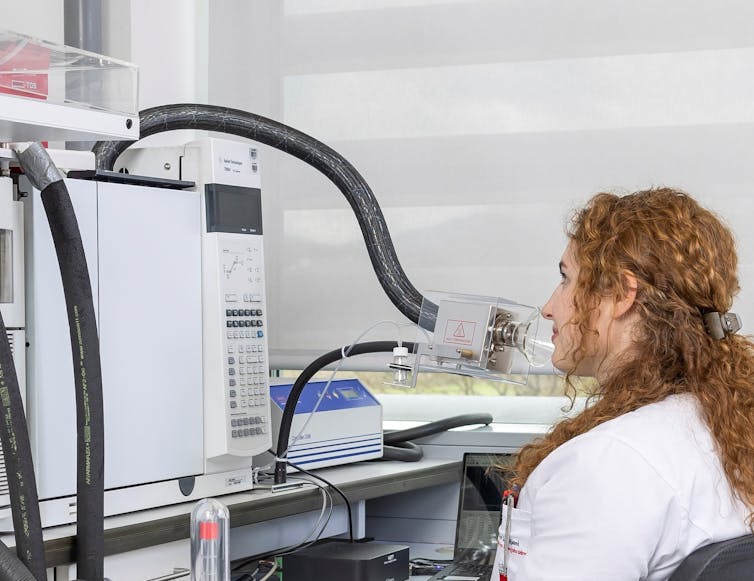
Author provided, CC BY-SA
Our findings
I was more excited at the prospect of discovering something new than nervous about what it would be like to smell these ancient bodies. However, you’d be forgiven for thinking these odours would not be agreeable. From the accounts of archaeologists to movies such as The Mummy (1999), mummified bodies are associated with foul smells.
Yet surprisingly, the smells were quite pleasant. The sniff team’s descriptions included “woody”, “floral”, “sweet”, “spicy”, “stale” and “resin-like”. We were able to identify ancient embalming ingredients including conifer oils, frankincense, myrrh and cinnamon.
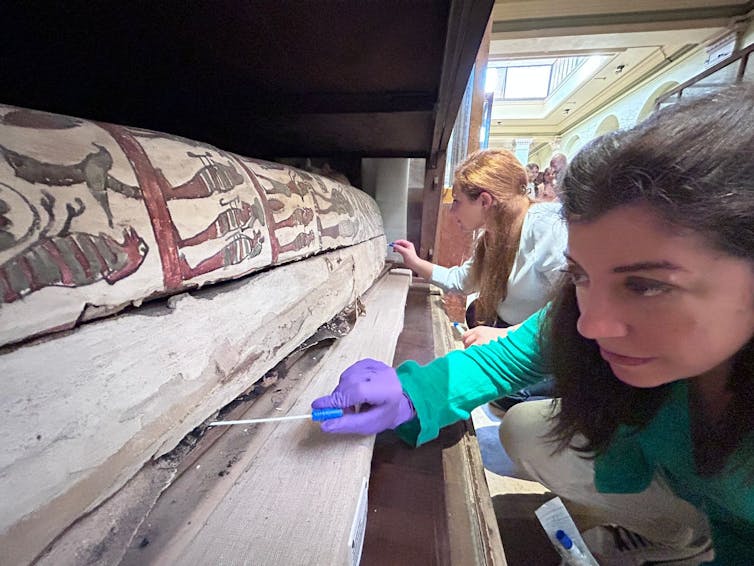
Author provided, CC BY-SA
We also identified degraded animal fats used in the mummification process; the human remains themselves; and both synthetic pesticides and benign plant-based pest oils that had more recently been used by the museum for preservation.
Bodies in display cases had a stronger scent than those in storage, but none was as strong as, say, a perfume. Surprisingly, one smelled distinctly of black tea: when you smell a body from millennia ago, you certainly don’t expect to be transported back to your kitchen. The other sniffers agreed about the tea smell, and we later established that the source was probably a chemical called caryophyllene.
Future steps
Next, we will reconstruct the smell of the mummified bodies so that visitors to the Egyptian Museum can experience them first-hand. We’ll make both a faithful chemical construction of what we smelled, plus an interpretation of how the body would have smelled when it was sealed off in its tomb.
It will probably be 2026 before the public can experience these. In the meantime, we’re also being approached by other museums with ancient Egyptian collections who are interested in working with us to apply similar methods.
Separately, I am working with other colleagues on developing a catalogue for smells of cultural significance to the UK, including vintage cars, traditional dishes and more libraries.
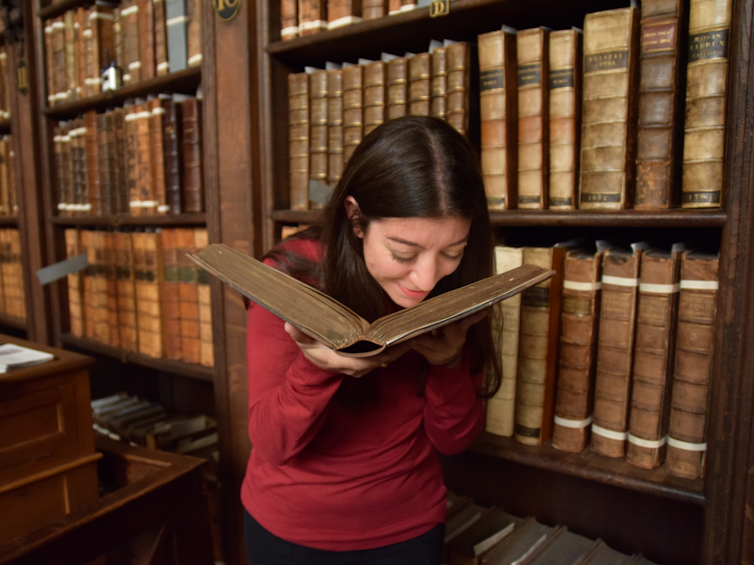
Author provided, CC BY-SA
Hopefully, our work with mummified bodies is an example of how you can bring back another dimension of heritage. Experiencing smells helps to give visitors a more holistic appreciation and understanding of the subjects.
And everyone is fascinated by mummified bodies. Soon, it will be possible to put yourself in the shoes of the archaeologists who originally discovered their tombs, and revealed their secrets to the modern world.
![]()
Part of the research mentioned in this piece was funded by the Slovenian Research and Innovation Agency (grant P1-0447), and the Odeuropa research was funded by the European Union’s Horizon 2020 research and innovation programme under grant agreement No. 101004469.
[ad_2]
Source link
